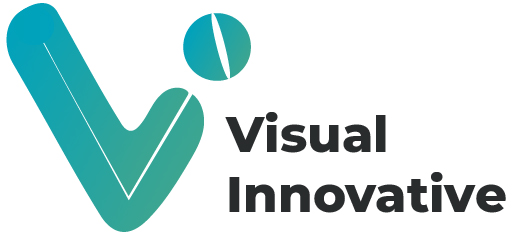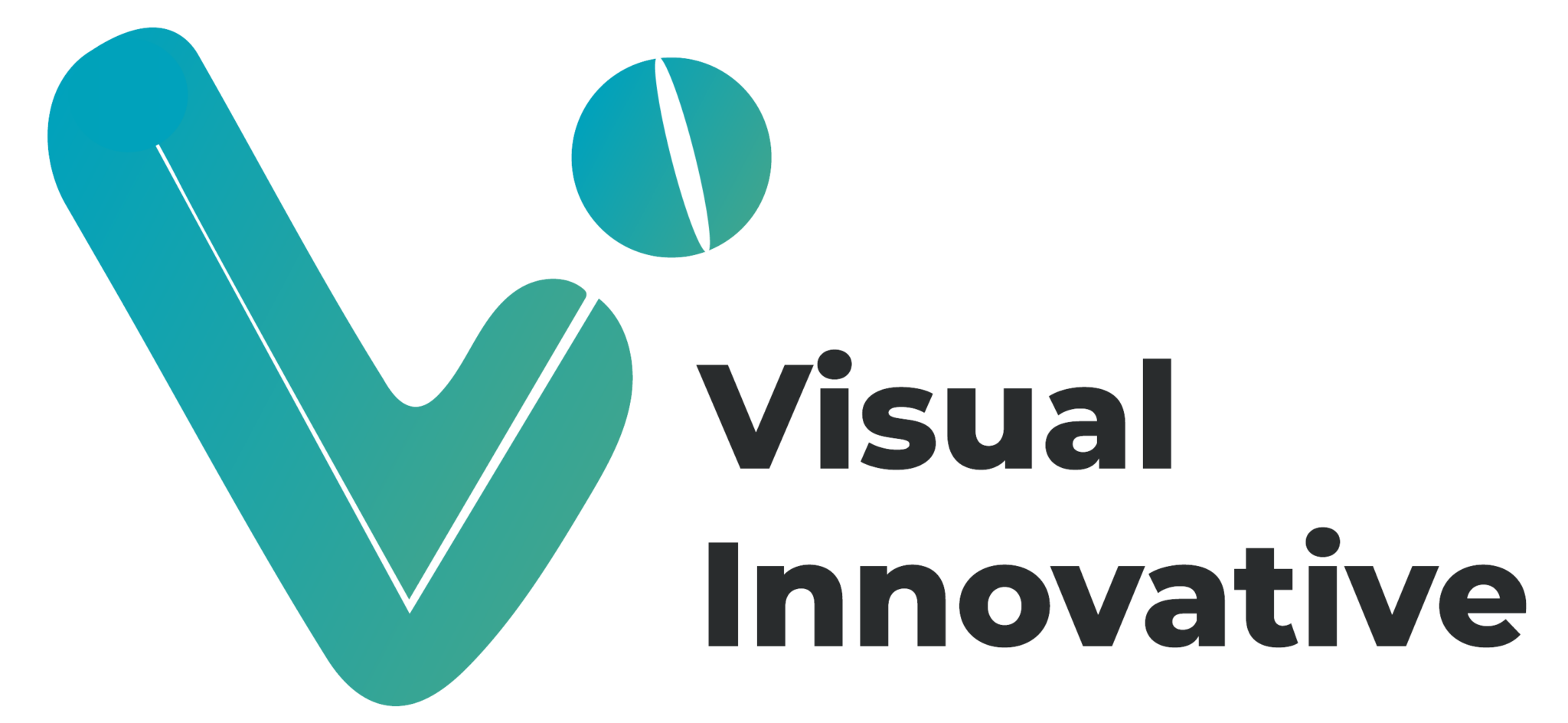1. Introduction
Optimize Google Ads is a powerful tool for businesses looking to reach potential customers and drive conversions. However, to maximize the return on investment (ROI), simply running ads isn’t enough. You need to optimize your campaigns continuously. In this comprehensive guide, we’ll explore key strategies to enhance your Google Ads performance and achieve better results.
2. Understanding Google Ads Optimization
Understanding Google Ads’ primary performance metrics is crucial before implementing optimization strategies Optimize Google Ads.
- Click-Through Rate (CTR): Indicates the frequency with which viewers click on your advertisement.
- Google’s evaluation of the quality and relevancy of your keywords and advertisements is known as the Quality Score.
- Cost-Per-Click (CPC): The price you pay for each click on an advertisement.
- Conversion Rate: The proportion of users that click on your advertisement and then finish a desired action.
- Your ad’s placement on the search results page is determined by its ad rank.
Gaining an understanding of these variables facilitates data-driven improvements to improve the effectiveness of your campaign.
3. Keyword Optimization
Importance of Keyword Research
Any Google Ads campaign’s foundation is its keywords. Selecting the appropriate keywords guarantees that the appropriate audience sees your ads. Utilize tools such as Ahrefs, SEMrush, or Google Keyword Planner to identify high-performing keywords.
Using Match Types Effectively
Optimize Google Ads offers different keyword match types to control how closely a user’s query must match your keyword:Different keyword match options are available in Google Ads to regulate how closely a user’s query must match your keyword:
- Broad Match: Displays your advertisement for queries that are just marginally associated with your keyword.
- Phrase Match: This feature makes your ad appear when a search contains your exact keyword phrase.
- Only ads that precisely match your keyword are displayed by Exact Match.
Use a mix of match types strategically to balance reach and relevance.
Adding Negative Keywords
Negative keywords cut down on wasted spending by preventing your ad from showing up for irrelevant searches. If you offer high-end watches, for instance, using “cheap” as a negative keyword will stop unqualified traffic from clicking on your advertisement.
4. Ad Copy and Creative Improvements
Writing Compelling Headlines and Descriptions
Your ad copy should be engaging, relevant, and action-driven. Key tips:
- Make use of attention-grabbing terms like “exclusive,” “limited time,” and “best.”
- Emphasize benefits: Describe what makes your service or product special.
- Add figures or data; for example, “Save 30% Today” may work better than a generic ad.
A/B Testing for Better Results
In A/B testing, also known as split testing, several ad versions are run to determine which one works better. Try out several call-to-actions (CTAs), headlines, and descriptions to see which works best.
Utilizing Ad Extensions
Ad extensions provide additional information and improve ad visibility. Use:
- Sitelink extensions: These point visitors to various sections of your website.
- Callout extensions: emphasize important characteristics, such as “free shipping.”
- Structured snippet extensions: Highlight particular features of your offering.
5. Landing Page Optimization
Ensuring Landing Page Relevance and Speed
A great ad with a poorly optimized landing page leads to high bounce rates. Your landing page should:
- Match the ad’s message and keywords.
- Load quickly (ideally under 3 seconds).
- Be mobile-friendly.
Using Strong CTAs and Conversion Tracking
A clear call to action, like “Buy Now,” “Sign Up,” or “Get a Free Quote,” should be on your landing page. To find out which clicks result in conversions, you should also set up Google Ads conversion tracking.
6. Bidding Strategies and Budget Management
Manual vs. Automated Bidding
Google Ads offers different bidding strategies:
- The maximum cost per click can be controlled with manual CPC.
- Enhanced CPC: This feature automatically modifies bids to boost conversions.
- Target ROAS (Return on Ad Spend): In order to optimize return, bids are automatically determined.
- Maximize Conversions: Modifies offers to achieve the maximum conversion rate.
Choose a strategy based on your campaign goals.
Adjusting Bids Based on Performance Factors
Adjust bids based on:
- Device: Raise or lower bids for desktop and mobile devices.
- Location: Give preference to areas with greater conversion rates.
- Time of Day: Modify bids at periods when performance is at its highest.
Setting Realistic Budgets
Allocate budget wisely by focusing on high-performing keywords and campaigns. Monitor spending regularly to ensure you’re maximizing ROI.
7. Audience Targeting and Segmentation
Utilizing Audience Lists
You can target particular audiences with Google Ads to enhance campaign performance.
- Remarketing Lists: Reach out to those who have already been to your website.
- Similar Audiences: Connect with new individuals who share traits with your current clientele.
- Custom Audiences: Construct audiences according to search history, interests, or behaviors.
Demographic and Interest-Based Targeting
Refining your audience based on demographics (age, gender, income) and interests improves ad relevance and conversion rates.
8. Continuous Monitoring and Optimization
Analyzing Performance Reports
Regularly check Google Ads reports to assess campaign effectiveness. Key areas to monitor:
- Find negative keywords and new keyword opportunities with the Search Terms Report.
- Ad Performance: Examine the quality score, conversion rate, and CTR.
- Results of an A/B test: Use effective ad variations.
Making Data-Driven Adjustments
Based on performance data, tweak:
- Keywords and match types.
- Bids and budget allocation.
- Ad creatives and extensions.
Staying Updated with Google Ads Trends
Google frequently updates its algorithms and features. Stay informed by:
- Following Google Ads blogs and forums.
- Attending webinars and training sessions.
- Experimenting with new features like Performance Max campaigns.
9. Conclusion
Continuous testing, analysis, and tactical tweaks are necessary for Google Ads optimization. Businesses can improve performance and ROI by utilizing audience targeting, optimizing landing pages, upgrading ad text, and fine-tuning keywords. Long-term success requires putting these best practices into practice, keeping a close eye on outcomes, and continuing to experiment.
FAQs
Quality Score improves by optimizing ad relevance, using targeted keywords, enhancing landing page experience, and increasing CTR through compelling ad copy.
The best strategy depends on your goals. Manual CPC offers control, while automated strategies like target ROAS or maximize conversions help optimize performance.
Regularly monitor performance and make adjustments at least weekly. A/B testing, bid adjustments, and keyword updates should be done consistently.
Common reasons include poor landing page experience, targeting the wrong audience, ineffective ad copy, or not using the right bidding strategy.
To lower CPC, improve your quality score, use negative keywords, refine audience targeting, and experiment with different ad creatives.




